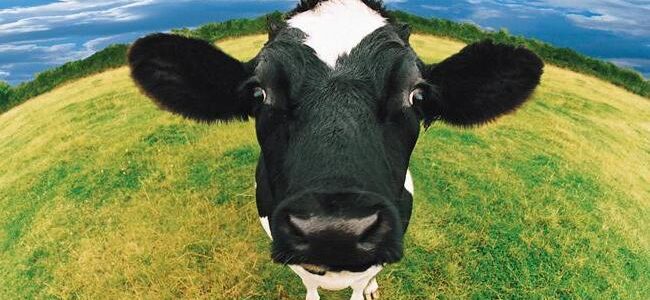
In 2024, the number of cattle in Ukraine decreased by 126.7 thousand heads due to the challenges of war and the forced relocation of farms from the frontline regions, the Association of Milk Producers (AMP) reported.
“The number of cows decreased mainly in households. However, dairy farms continue to work to increase productivity in the face of war and increased the number of cows in December,” said Giorgi Kukhaleishvili, an analyst at the Dairy Association.
The industry association referred to the data of the Ministry of Agrarian Policy and Food, according to which as of January 1, 2025, 2 million 29.5 thousand heads of cattle, including 1 million 177.7 thousand cows, are kept in the private and industrial sector of Ukraine. At the same time, the number of cattle in Ukraine decreased by 149.2 thousand heads (-7%) compared to December 1, 2024, and the number of cows decreased by 39 thousand heads (-3%), compared to January 2024 – by 126.7 thousand heads (-6%), including cows – by 85.2 thousand heads (-7%).
The AMP clarified that about 45% of animals are kept at industrial enterprises, and 55% – in households.
The industrial sector contains 917.6 thousand heads of cattle, which is 300 heads (+0.03%) more than as of December 1, 2024. The number of cows amounted to 378.5 thousand cows and increased by 3 thousand heads (+0.8%) over the past month. Over the past year, the number of cattle at the enterprises decreased by 2.2 thousand heads (-0.2%). The number of cows on dairy farms decreased by 3.7 thousand heads (-1%).
There are 1 million 111.9 thousand cattle in the private household sector, which is 149.5 thousand heads (-13%) less than on December 1, 2024. As of January 1, 2025, the number of cows in households amounted to 799.2 thousand heads, which is 42.2 thousand heads (-5%) less than a month ago. Over the past year, the number of cattle in households has decreased by 124.5 thousand heads (-11%), and the number of cows has decreased by 81.5 thousand heads (-10%).
Kukhaleishvili noted that the reduction of cattle has been taking place in Ukraine for many years due to the lack of an effective state program to support dairy farming. The decline in the number of cattle accelerated after the start of Russia’s full-scale invasion. A typical situation for the frontline regions is the death of a certain number of cattle as a result of shelling by the Russian occupiers. In addition, farmers have left many cows in the occupied territories that are not accounted for.
“Today, there are prerequisites for the relocation of farms from Dnipropetrovs’k and Sumy regions to other regions of Ukraine in the context of intensified Russian missile and bomb attacks on border and frontline settlements. Farmers will only be able to transfer part of their livestock, as most farms in Ukraine were built in the 70s and 80s and no longer meet the requirements for keeping animals. The lack of premises suitable for keeping cows creates preconditions for further reduction of the number of cows,” the AMP noted.
The business association emphasized that many farmers do not invest in increasing the number of cows during the war and experience a shortage of working capital. In addition, farmers’ production costs are rising faster than the price of finished products due to rising feed costs, electricity costs, hryvnia devaluation, and a decline in the purchasing power of the population. Household farms are the most vulnerable to these challenges, as the decline in cattle numbers is occurring at a faster pace. Enterprises, on the other hand, proved to be more resilient to the effects of the war.
“There is a cautious optimism about the increase in the number of dairy farms in relatively safe regions of Ukraine, which, despite the war, are modernizing existing and new facilities and increasing the number of highly productive cows,” summarized the AMP and added that at least 40 farms are currently implementing these measures.